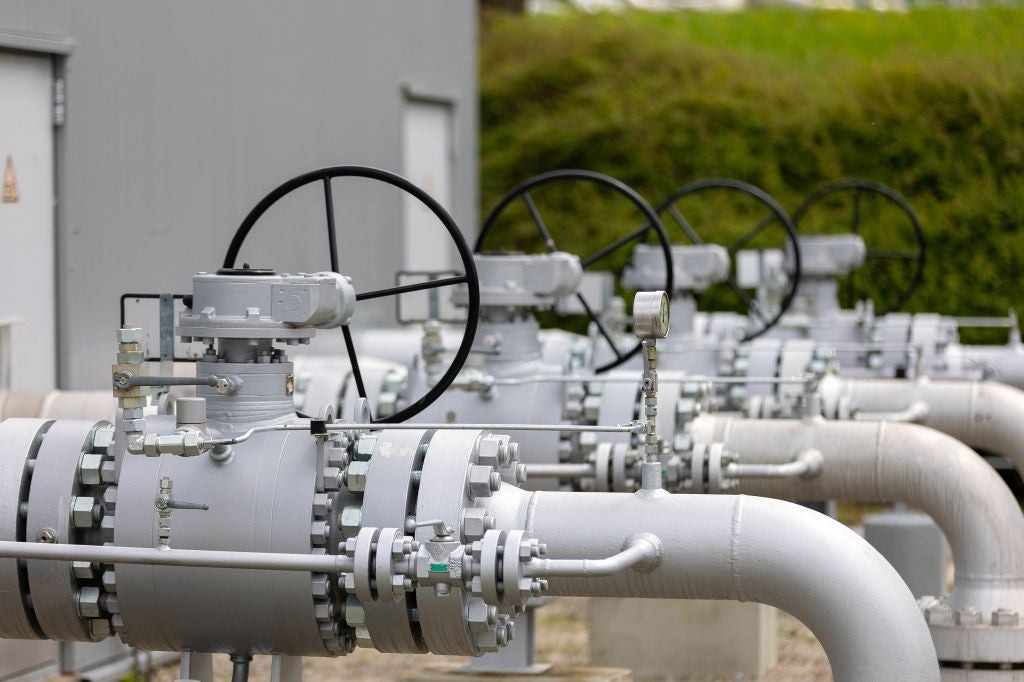
The European gas price is the lowest it has been since the beginning of the energy crisis. On 8 May, the European TTF benchmark closed at €35.57 per megawatt-hour ($38.83/MWh), the first time the price has dropped below €36/MWh since the summer of 2021.
Prices peaked in August 2022, reaching more than €300/MWh. Before the pandemic and Russia’s invasion of Ukraine, European gas prices were regularly around €10–20/MWh.
However, the fall in wholesale prices does not mean consumers can expect lower energy bills next month.
“These prices should be reflected in consumer prices, but in many circumstances, there will be a lag between the wholesale price movement and the prices passed through to consumers,” says Sarah Brown, Europe lead at think tank Ember.
In most countries, energy prices are fixed for set periods, meaning that prices move with the wholesale market but not immediately. Ben McWilliams, affiliate fellow at think tank Bruegel, gives the UK as an example.
“The UK government sets an energy price cap; it used to be set every six months, but it is every three months now,” explains McWilliams. “So, while the government tracks wholesale prices, the price cap won’t immediately reflect them. Similarly, when wholesale prices started increasing in the winter of 2021, people didn’t talk about it until quite a few months later because they weren’t being passed through.”
At the same time, government schemes to lower consumers’ energy bills will need to be phased out at some point. Since the start of the energy crisis, governments across Europe have spent more than €700bn to shield consumers from rising energy costs, according to Bruegel’s fiscal tracker. So, even if the European gas price goes down, household bills might not change much if governments withdraw their support schemes.
“Government are still going to be wary of bringing prices down too quickly because we don’t really know what the next winter is going to look like,” adds McWilliams.
At the end of last summer, governments were desperately trying to fill gas storage, which contributed to the big price hike in August. Over winter, prices remained high due to uncertainty – if any additional issues had come up, say a cold winter or a disruption in supply, many countries would have found themselves in a tight spot. However, due to a relatively mild winter and low demand, gas storage was not depleted too much by the end of the season. On 8 May, European gas storage was filled to 62%, compared with 37% on the same day in 2022.
The European Commission wants EU gas storage to be at least 90% full by 1 October each year, so for the next few months, countries will focus on refilling it. Doing so without Russian gas will be a challenge.
“People easily forget that last winter, even though Russia wasn’t sending any or limited gas, most of the gas we were consuming was still Russian,” explains McWilliams. “They sent it to us in spring and summer, and we put that into storage.
“Still, the fact that we have this head start, almost, means that Europe is in a more comfortable position than last year.”
However, Europe remains vigilant, as analysts remain worried about energy security. Policymakers continue to focus on demand reduction.
“Governments should shift from households having to put jumpers on, closing windows and being a bit cold towards incentivising schemes for the roll-out of heat pumps, solar and wind,” says McWilliams. “All the solutions to the climate crisis are almost identically the solutions that will save us from consuming gas in the next 12 months.”



